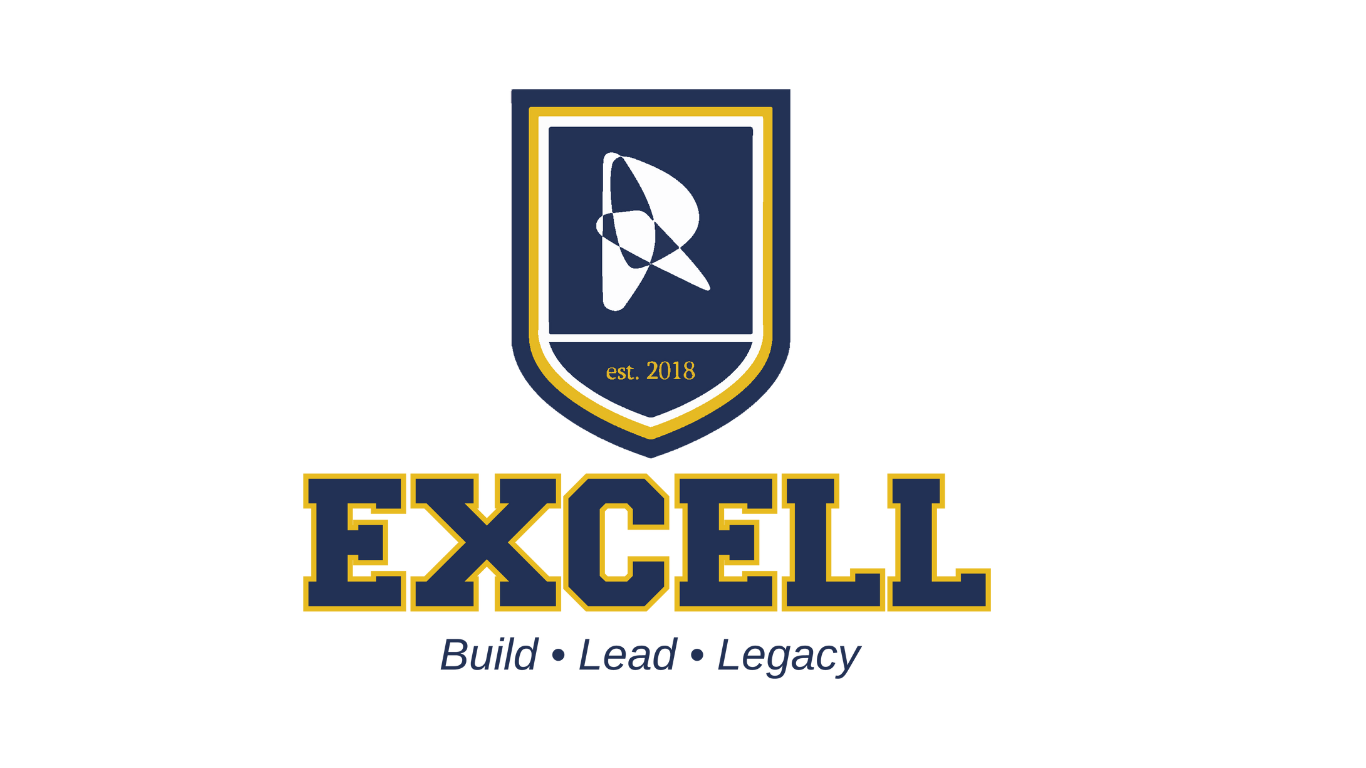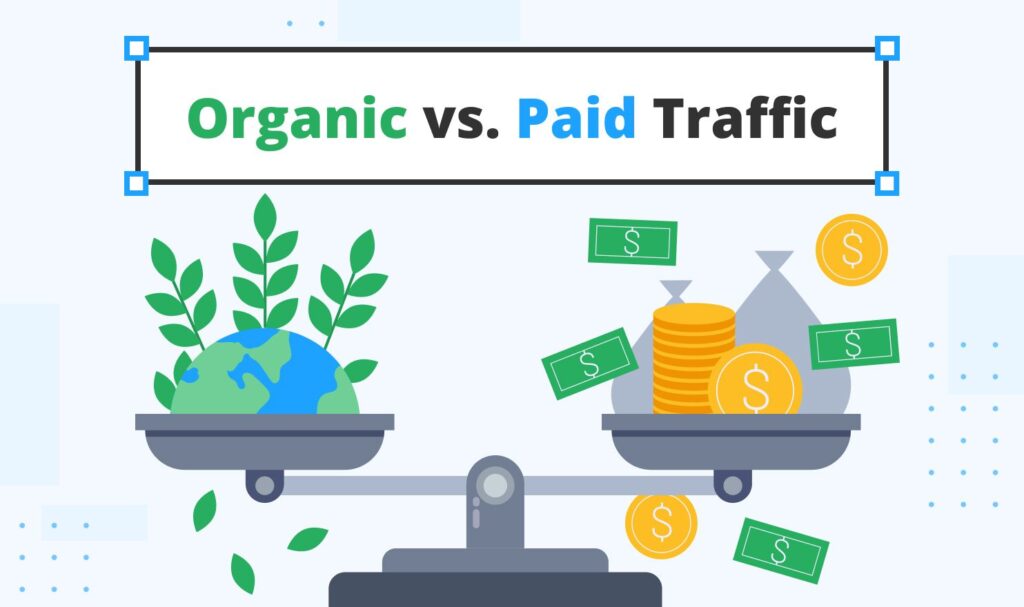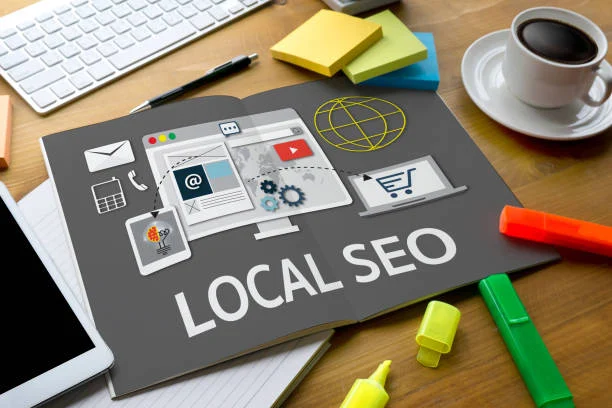Table of Contents
- Introduction
- What Is Search Traffic?
- Unpaid Search Traffic Explained
- Paid Search Traffic Explained
- Key Differences Between Unpaid and Paid Search Traffic
- 5 Common Questions & Answers About Search Traffic
- Best Practices for Generating and Balancing Your Search Traffic
- Conclusion & Strong Call to Action
1. Introduction
2. What Is Search Traffic?
Search traffic refers to the visitors who arrive at your website by typing queries into a search engine (such as Google, Bing, or Yahoo) and clicking on one of the resulting links. Typically, there are two categories:

- Unpaid (Organic) Search Traffic: This is the traffic you earn by ranking highly in organic search results. Organic results are typically displayed under any paid or sponsored ads on a search engine results page.
- Paid Search Traffic: This is traffic acquired through pay-per-click (PPC) advertising campaigns or other paid methods, such as display advertising or shopping ads. Paid results usually appear at the top and/or bottom of the search engine results page, and they are labeled as ads.
3. Unpaid Search Traffic Explained
Unpaid search traffic (often referred to as organic search traffic) comes from users who find your website in the standard, non-sponsored section of the search engine results. This kind of traffic is considered “earned” since there is no direct payment to the search engine to display your site. Businesses with strong content, relevant keywords, and authoritative backlinks often enjoy high organic search rankings.
3.1. Core Elements of Organic Search
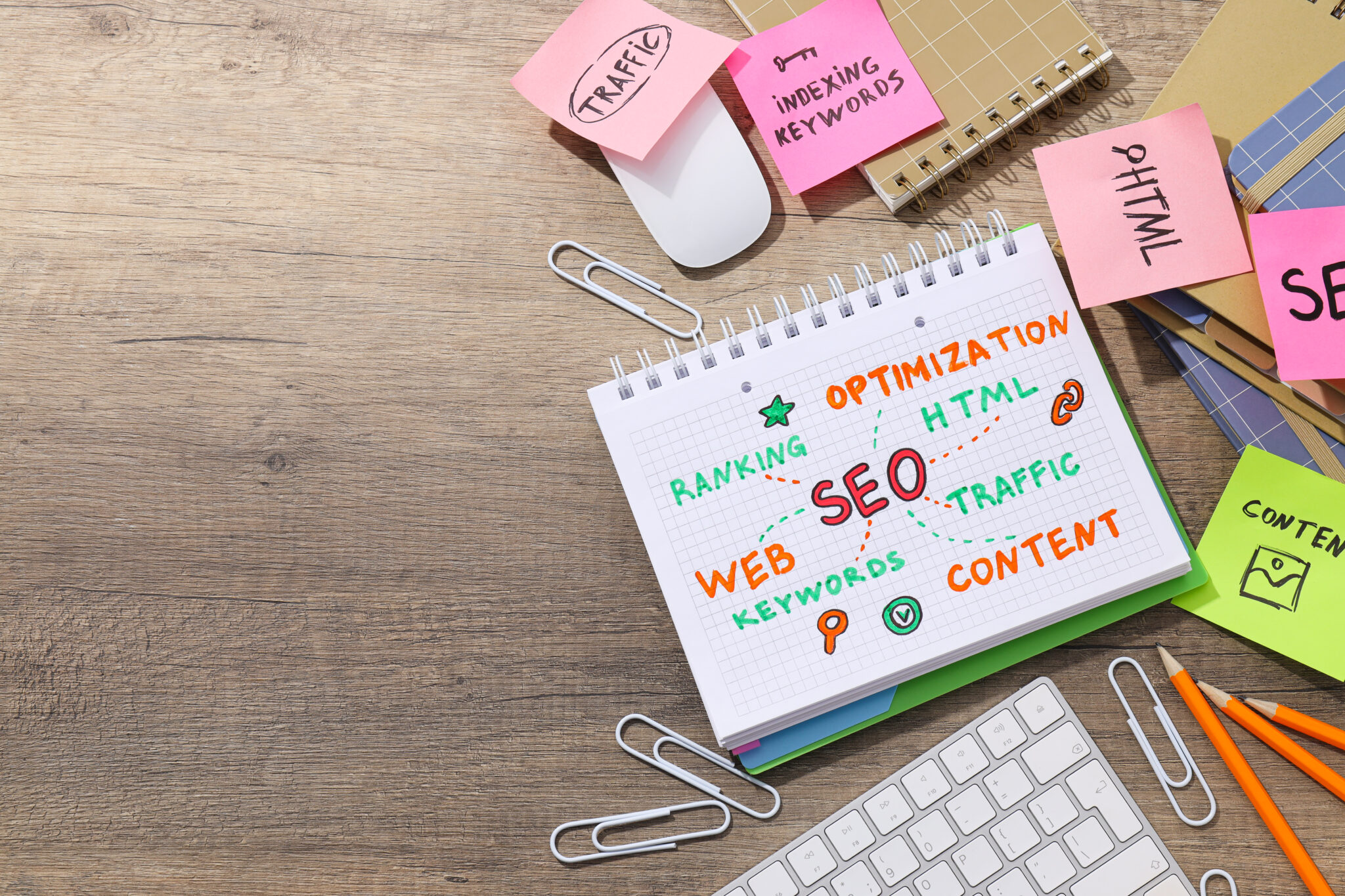
3.2. Pros of Unpaid Search Traffic
- Long-Term Growth: Once you establish solid organic search rankings, the traffic you receive can be both consistent and stable.
- Cost-Effective in the Long Run: While SEO requires an investment of time and resources, unlike paid ads, you do not pay for individual clicks.
- Credibility & Trust: High placement in organic results often signals credibility to potential site visitors.
3.3. Cons of Unpaid Search Traffic
- Slow Initial Results: SEO campaigns can take weeks or months before you see substantial results.
- High Competition: Popular keywords are highly competitive. Achieving first-page organic rankings can be challenging.
- Ongoing Maintenance: Changing algorithms and content competition mean you need to update and maintain your SEO strategy.
4. Paid Search Traffic Explained
Paid search traffic refers to the visitors who come to your website by clicking on ads that you pay for. In a typical pay-per-click (PPC) arrangement, you pay each time a user clicks on one of your ads. The most common platforms for paid search include Google Ads, Microsoft Advertising (Bing Ads), and various social media advertising options (Facebook Ads, LinkedIn Ads, etc.). However, social campaigns are not technically classified as “search” unless they are on a search-based platform.
4.1. Core Elements of Paid Search
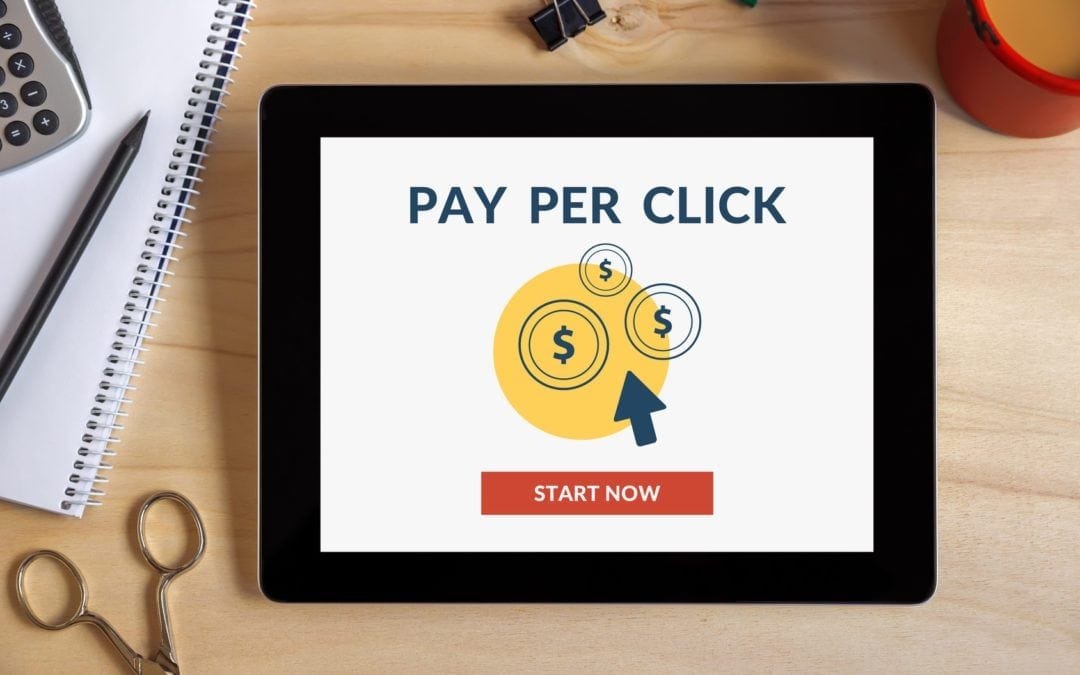
4.2. Pros of Paid Search Traffic
- Immediate Results: Once your campaign is live and approved, you can start receiving clicks and traffic almost instantly.
- Flexible Budget & Scalability: You can adjust your budget and bids in real-time to align with marketing goals and ROI targets.
- Precise Targeting: Paid ads allow you to refine your targeting by location, device, time of day, language, and even user behavior.
- Predictable Positioning: With enough budget and an effective bid strategy, you can secure top placements for your ads in SERPs.
4.3. Cons of Paid Search Traffic
- Costs Add Up Quickly: While you can set budgets, highly competitive keywords can lead to expensive cost-per-click (CPC) rates.
- Short-Term Return: Traffic stops when you stop paying for ads. There is no “long tail” benefit like there is with organic search results.
- Ad Blindness & Skepticism: Some users actively ignore sponsored ads, preferring to click on organic results.
5. Key Differences Between Unpaid and Paid Search Traffic
Now, to address the key query—what distinguishes unpaid search from paid search traffic—let’s break down some fundamental differences:

- Unpaid: No direct payment per click; cost is associated with time, effort, and tools used to implement an effective SEO strategy.
- Paid: Uses a PPC or similar payment model, where advertisers pay for each click. You must maintain an active budget to keep ads running.
- Unpaid: Typically appears below the paid ads on a search engine results page. Securing top spots in organic listings requires strong SEO.
- Paid: Ads generally appear at the top or bottom of the SERPs, labeled as “Ad” or “Sponsored.” Visibility can be immediate if you’re willing to bid competitively.
- Unpaid: SEO can be slow, taking weeks or even months to see noticeable improvements in rankings and traffic.
- Paid: Instant visibility—once your campaign is active, ads show up, and you can start seeing clicks right away.
- Unpaid: Investment in SEO can yield long-lasting results. A well-optimized page can hold its rank for months or even years.
- Paid: Traffic ceases as soon as the ad budget runs out or campaigns are paused.
- Unpaid: Potentially high ROI in the long run if SEO strategies are effective. However, it requires consistent maintenance and content creation.
- Paid: Offers immediate ROI if campaigns are correctly optimized. However, it can be expensive, and results are tied to ongoing ad spend.
6. 5 Common Questions & Answers About Search Traffic
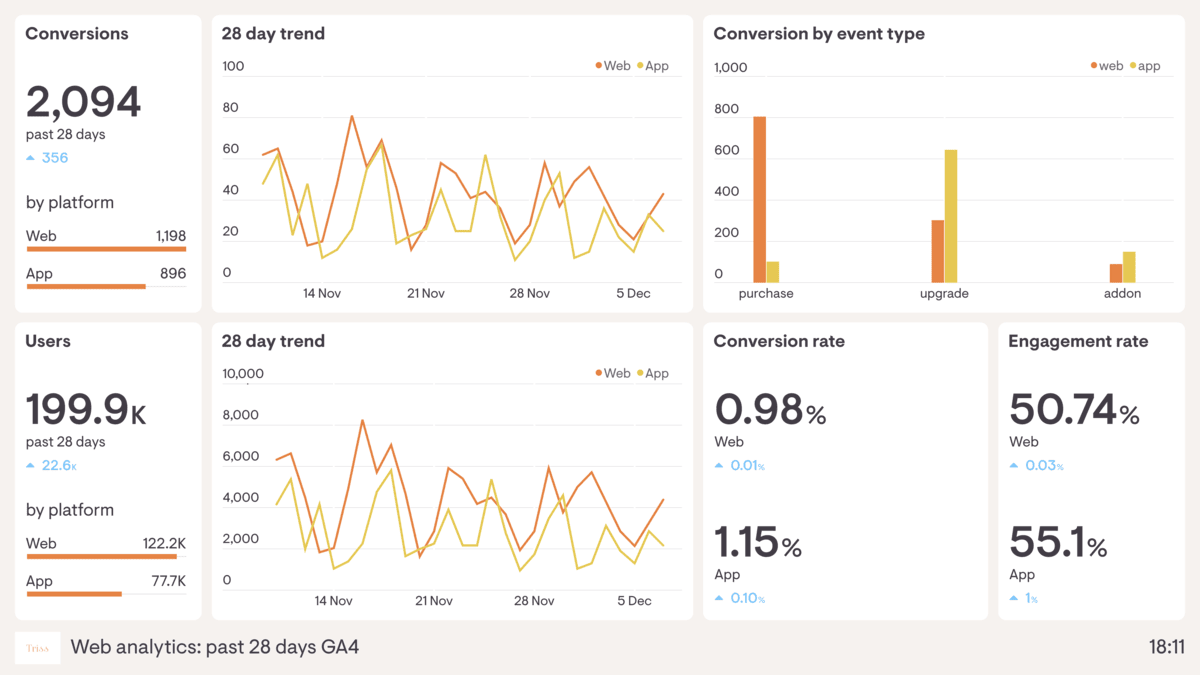
- Rankings: Track organic position for target keywords.
- Click-Through Rates (CTRs): For both paid and organic searches.
- Conversion Rates: Measure how many visitors took desired actions (making a purchase, filling out a form, etc.).
- Cost Per Acquisition (CPA): For your paid campaigns, see how much each customer or lead costs.
7. Best Practices for Generating and Balancing Your Search Traffic

Additional Insights for a Winning Strategy
Holistic Marketing Approach:
Leverage other channels—like social media, email marketing, and influencer partnerships—to reinforce your search marketing efforts. The more coherent and unified your brand message is across channels, the more you will see synergy in results.
Local SEO and Paid Ads:
Local SEO strategies (e.g., claiming a Google Business Profile listing, local citations, etc.) and location-based paid ads that target specific neighborhoods or zip codes can significantly benefit local businesses.
Seasonality and Trends:
Certain industries experience seasonal spikes (e.g., retail during the holiday season). Planning paid ad budgets around these peaks can help you capitalize on short bursts of high-intent traffic. Similarly, adjusting your SEO content strategy ahead of seasonal trends ensures you rank organically when demand surges.
Content Repurposing and Syndication:
Every piece of successful content you create organically can be repurposed in various formats (video, podcast, infographic) to drive additional organic traffic and potentially influence your paid campaigns. You should also consider content syndication on platforms like Medium or LinkedIn to reach broader audiences and earn more backlinks.
Automation and AI:
Modern PPC platforms offer machine learning-based bidding strategies (e.g., Target CPA, Target ROAS) that automatically optimize your bids to meet your goals. SEO also harnesses AI tools to analyze keywords, assess on-page optimization, and make content suggestions. Staying informed on these developments will help you remain competitive.
Crafting a Cohesive Search Marketing Plan
The Future of Unpaid vs. Paid Search
Conclusion & Strong Call to Action
When it comes to online visibility, balancing both unpaid (organic) and paid search traffic is crucial for a well-rounded marketing strategy. By understanding what distinguishes unpaid search from paid search traffic, you position your business to harness the best of both worlds effectively: the trust and longevity of organic ranking plus the speed and precision of paid ads. Whether you are new to search engine marketing or seeking to refine your existing strategy, remaining well-informed and adaptable is key.

Contact us:
EXCELL INDUSTRIES LLC
6420 Richmond Ave., Ste 470
Houston, TX, USA
Phone: +1 832-850-4292
Email: info@excellofficial.com
